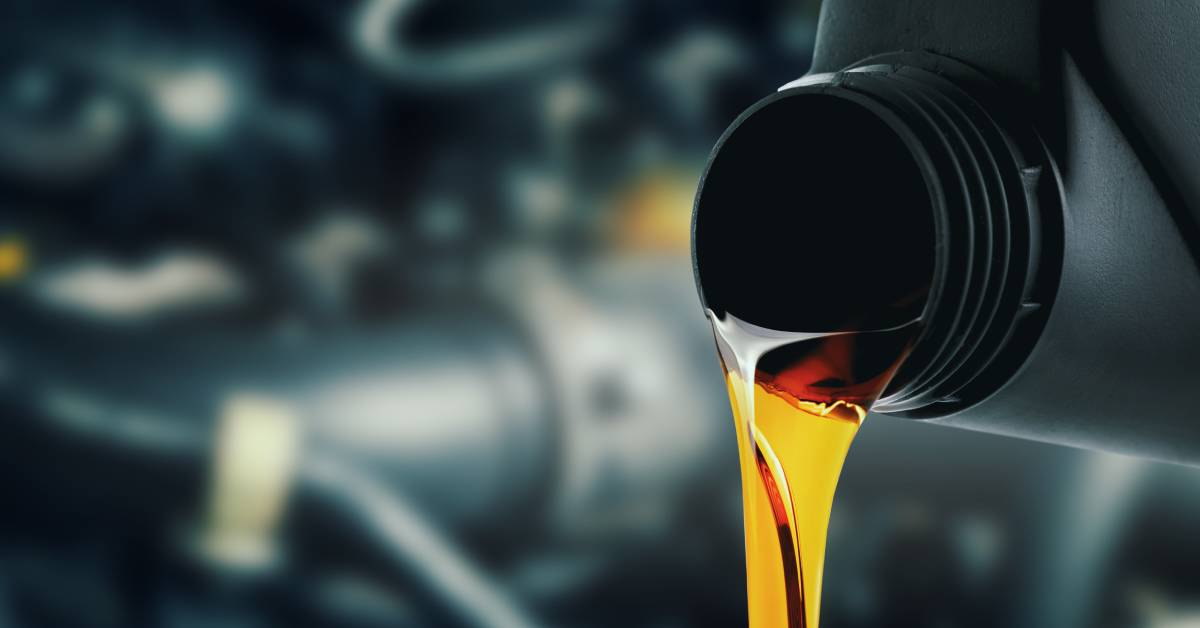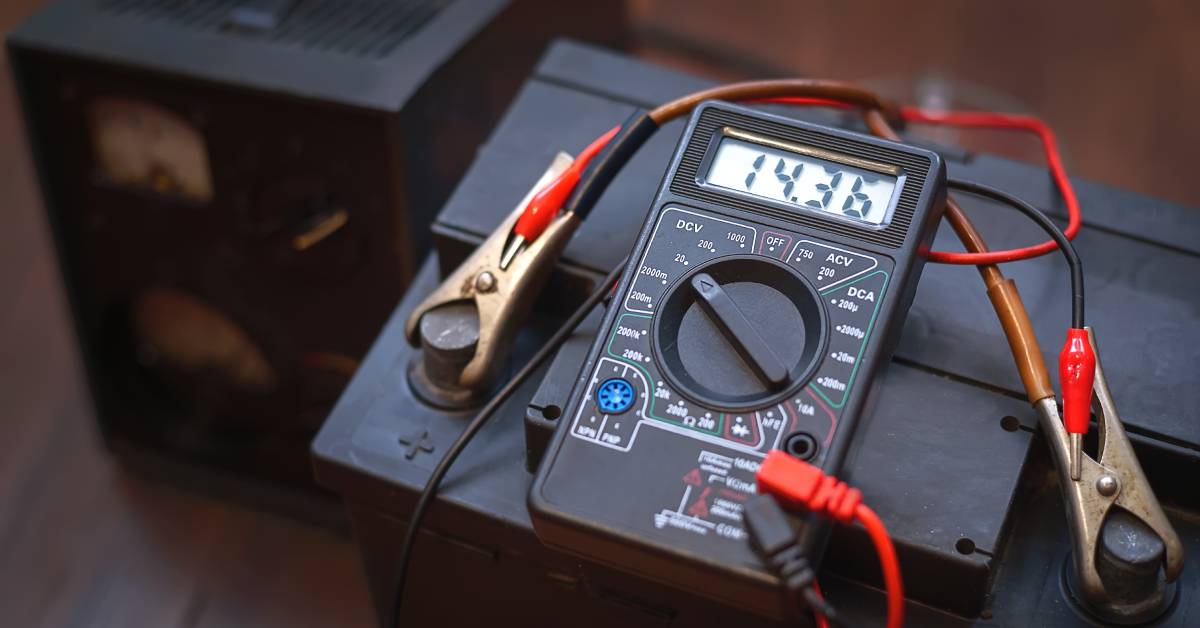A Beginner’s Guide to DIY Jet Ski Engine Maintenance
As a proud jet ski owner, you know how important it is to take care of every component, especially the engine. Keeping it running smoothly on the water requires regular maintenance, so you might wonder what that includes. With this beginner’s guide to DIY jet ski engine maintenance, you can learn to perform these tasks yourself while saving both time and money in the long run. A little bit of work can go a long way in keeping your personal watercraft (PWC) in great condition!
Gather Essential Tools and Supplies
Before doing some DIY maintenance on your jet ski, you need to get your tools and supplies together.
- Wrenches
- Screwdrivers
- Pliers
- High-quality engine oil
- Fresh spark plugs
- Air filters
- Various lubricants
- Battery testers
Preparing these things in advance will streamline maintenance, sparing you the inconvenience of searching for tools. Then, you can focus on taking care of your PWC.
Familiarize Yourself With Engine Components
Before starting any work, you need to familiarize yourself with the different components of your jet ski’s engine and their functions. This foundational knowledge will help you to identify issues and make the right maintenance decisions.
Look at detailed diagrams and illustrations in the owner’s manual, repair manual or exploded part drawings in SBT’s OEM section for visual guidance, which can be particularly beneficial if you are unfamiliar with engine mechanics. Understanding how each component interacts with others, such as how the air filter impacts the fuel combustion process, is crucial for conducting engine maintenance. With this knowledge, you’ll be making maintenance much easier for yourself because you will know what problems look like and how to fix them.
Consult the Manufacturer’s Manual
The manufacturer’s manual is an invaluable resource. It should have detailed instructions for maintaining the jet ski’s engine. Regularly referring to the manual also helps you avoid making mistakes, such as using the wrong type of engine oil or improper spark plug gapping. The manual will also elaborate on appropriate engine care practices, troubleshooting tips, and maintenance schedules so you can take care of your PWC now and in the future.

Check and Change Engine Oil
DIY jet ski engine maintenance includes regularly checking and changing the engine oil. Regularly monitor the engine oil level and quality to maintain the performance of your personal watercraft. If the oil appears low or dirty, drain the oil completely and refill the tank with fresh engine oil. Make sure to check on the manufacturers recommended checking method to get the right oil level. This step is crucial for the lubrication and cooling of engine components because it prevents potential damage and breakdowns.
However, be sure to use the recommended type and viscosity of oil to ensure compatibility. Using the wrong type can lead to inadequate lubrication, overheating, and eventual engine failure. Regular oil changes also help to remove harmful contaminants while extending the life of the engine.
Inspect and Replace Spark Plugs
Spark plugs are vital for the efficient performance of a jet ski engine. Carefully remove and inspect them for signs of wear and tear, such as erosion, carbon buildup, or widened gaps. Replace the spark plugs if they are worn out or damaged; fresh spark plugs can improve your jet ski’s ability to start up and burn fuel.
Additionally, properly gapped spark plugs ensure the engine runs smoothly while reducing the chance of misfires and improving fuel economy. When replacing spark plugs, take it slow and install the correct type for the best results.
Clean or Replace the Air Filter
A clean air filter is essential for airflow to the engine, contributing to its functionality. If the filter is clogged or dirty, clean it thoroughly using appropriate cleaning solutions. If that’s not enough, it may be time to replace it. Doing this guarantees the engine receives clean air.
Regularly inspecting the air filter and keeping it clean prevents aquatic grime and debris from entering the engine, which can cause damage over time and lead to inefficient fuel combustion. When you properly maintain your jet ski’s air filter, you can protect the engine and make your PWC much more fuel efficient.
Lubricate Moving Parts
Another major part of jet ski engine maintenance is lubricating moving parts. Apply a suitable lubricant to all moving parts, including bearings, the throttle cable, and the steering nozzle. Lubrication reduces friction and fights against wear and tear over time. By maintaining these components with lubricants, you prolong their lifespan. This practice also prevents seizing, promotes efficient performance, and reduces the risk of unexpected breakdowns during use. It’s an essential part of routine maintenance that keeps your jet ski running at its best.

Test Battery Voltage
Use a reliable battery tester to confirm that your battery maintains the correct voltage. A well-performing battery is vital for dependable starting and continuous operation. Additionally, remove corrosion from the battery terminals to maintain a strong electrical connection. Corrosion can impede the flow of electricity, leading to starting issues or poor performance. Testing battery voltage is a must if you want the engine to perform like it’s supposed to and start without a hitch every time.
Conduct a Test Run
The final part of DIY jet ski engine maintenance is conducting a test run on the water. After completing all maintenance tasks, perform a test run in a safe environment. This test will make it easier to observe the operation of your PWC and verify that all systems are functioning as they should.
A test run will also provide you with peace of mind before your next jet skiing adventure, as it helps you identify things that need adjustments. If you want your jet ski to serve you well on the water, conducting a test run is a must.
DIY jet ski engine maintenance can be easy when you know what to do. With the right tools and this beginner’s guide, you can keep your jet ski engine running smoothly and avoid costly repairs down the line. When you need replacement jet ski engine parts or some expert help, SBT is here to help. Don’t hesitate to seek our professional assistance if you encounter any issues with your personal watercraft!


No Comments Yet